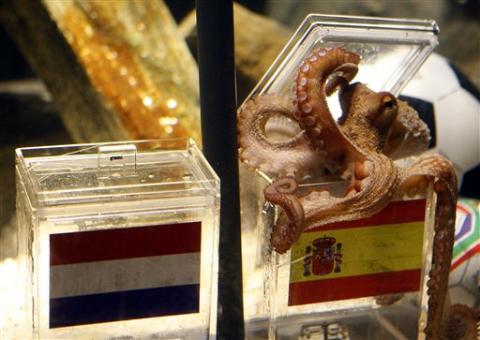Table of Contents |
One reason that we cannot say there is causation with a strong correlation could be a lurking variable. This other variable could be confusing the relationship between the explanatory variable and the response variable.
EXAMPLE
In many families where parents left the light on in their infant's room as they slept, the infant developed nearsightedness. This is an actual studied scenario, where researchers noticed that there was a positive relationship between sleeping with the light on and having nearsightedness. Therefore, researchers concluded that sleeping with the light on might cause nearsightedness.EXAMPLE
In a study on the effect of exercise on bone density, researchers initially found no correlation. This was unexpected because there is a known mechanism whereby exercise causes increases in bone density. Upon further analysis, researchers discovered that weight was a lurking variable. Individuals that exercised more had lower weights, which results in lower bone density. Because the research team had not considered the weight variable initially, they nearly made an erroneous conclusion.Another reason that we cannot say there is causation with a strong correlation could be that the association is reversed. If we don't know the direction of the cause-and-effect of two variables, we cannot say that it is a causal relationship, only that they are strongly correlated.
EXAMPLE
As the number of firefighters at a fire increases, so does the damage the fire causes. Suppose you come up with this conclusion: "Sending firefighters is counterproductive because they only increase the size of the fire."Finally, it's possible that a correlation is simply the result of chance.
EXAMPLE
Paul the Octopus, hatched on January 26, 2008, became an international sensation as an animal oracle during the 2010 World Cup. Residing in a tank at the Sea Life Centre in Oberhausen, Germany, Paul demonstrated an uncanny ability to predict football match outcomes. His method was delightfully simple: presented with two food-containing boxes adorned with the flags of competing teams, Paul would choose the one he ate from first as his prediction. Remarkably, he correctly foresaw the results of Germany’s seven World Cup matches, including their third-place play-off win over Uruguay and Spain’s victory in the final. In total, Paul achieved an impressive record of 12 correct predictions out of 14, boasting an approximate success rate of 85.7%.
A more serious example can be found in science.
EXAMPLE
When researchers explore very large datasets containing many variables, they will inevitably find correlations between some of the variables. This is common in DNA studies where scientists look for correlations between a particular condition and many thousands of DNA markers. In this sort of study, we would expect that some proportion of the markers would correlate by chance. The initial list of DNA markers alone does not imply any causation. Scientists must follow-up on these candidates with controlled, randomized experiments to identify causative relationships.Source: THIS TUTORIAL WAS AUTHORED BY JONATHAN OSTERS FOR SOPHIA LEARNING. PLEASE SEE OUR TERMS OF USE.